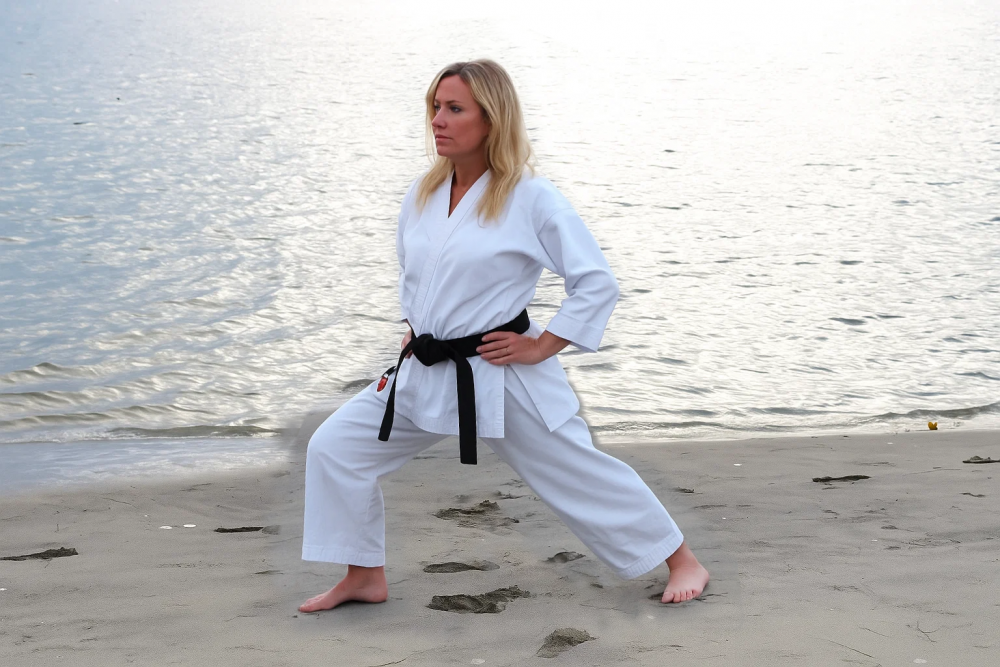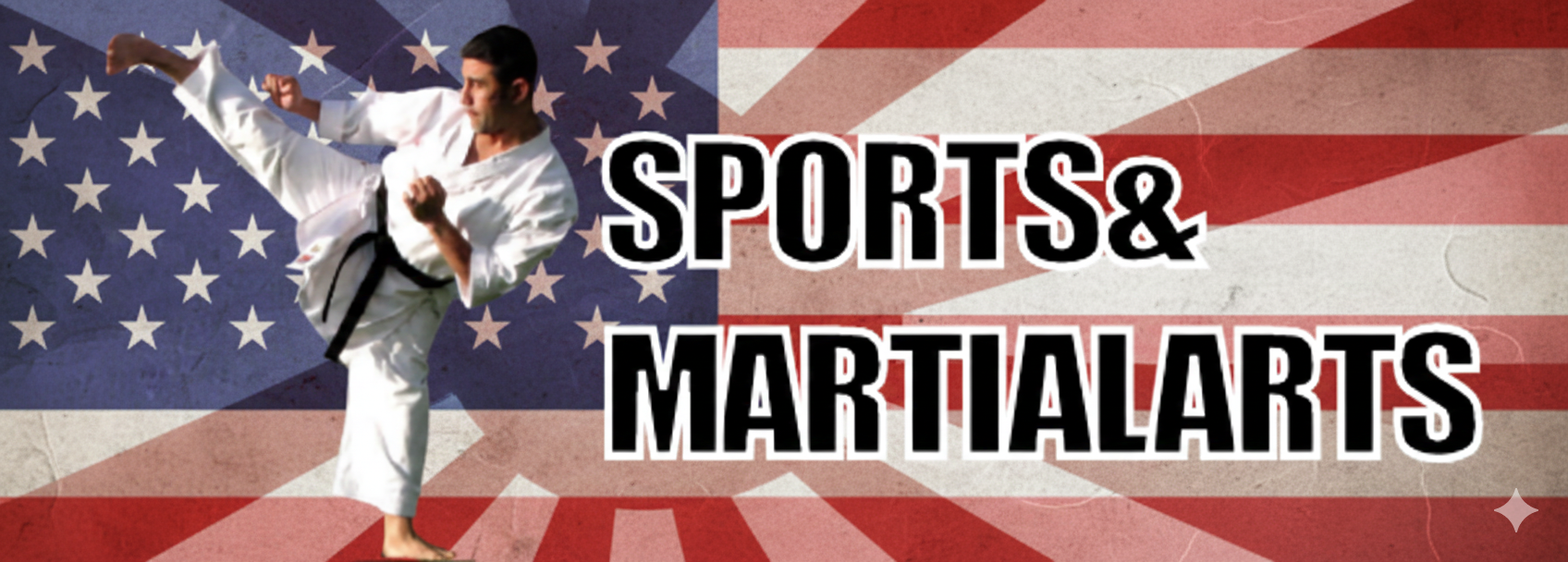Contents
ZenKutsu Dachi in Karate
Zenkutsu Dachi, commonly referred to as the “Front Stance,” is a foundational position in Karate and many other martial arts of Japanese origin. It serves as a critical stance in Kihon (basic techniques), Kata (forms), and as a base for executing various attack techniques. Due to its versatility and strength, it’s one of the most widely used stances in Karate practice.
Overview and Importance
In Karate, Zenkutsu Dachi is utilized for both offense and defense. The stance is known for providing a strong base that allows practitioners to effectively block, punch, and execute various techniques. This stance ensures stability and power by distributing most of the body’s weight onto the front leg, enhancing the ability to launch powerful strikes or maintain a solid defense.

Characteristics of Zenkutsu Dachi
- Strong Foundation: This stance provides a stable base that is perfect for blocking and counter-attacking. The alignment of the body in this stance offers a powerful reach and firm support.
- Weight Distribution: Typically, 60% of the body weight is on the front leg and 40% on the back leg. This distribution ensures balance and readiness for both offensive and defensive movements.
- Foot Positioning: Both feet face forward, with the front foot pointing straight ahead or slightly inward, and the back foot turned at an angle of 30º to 45º.
- Body Alignment: The back remains straight, the hips align with the knees, and the chest can be either facing forward or turned up to 45º, depending on the Karate style.

How to Do a Proper Zenkutsu Dachi
Step-by-Step Guide
- Initial Positioning: Start in a natural stance with your feet shoulder-width apart. This is your neutral position from which you’ll step into Zenkutsu Dachi.
- Step Forward: Take a step forward with one leg, extending it approximately twice the width of your shoulders. The distance between your feet should be around 80 to 100 centimeters, depending on your height and Karate style.
- Foot Alignment: Point your front foot directly forward or slightly inward, and ensure it’s firmly grounded on the outer edge. Rotate your back foot so that it’s angled between 30º to 45º.
- Knee Alignment: Bend your front knee so that it aligns with the toes of the front foot. The knee should be sufficiently bent that you cannot see your toes when looking down. The tibia should remain vertical in relation to the ground.
- Back Leg Positioning: Keep your back leg straight, pressing the heel into the ground for stability. This creates a strong rear base that enhances your overall balance.
- Hip Alignment: Your hips can be either facing directly forward or at a 45º angle, depending on the Karate style you practice. Align the hips with the knees to maintain a strong stance.
- Upper Body Position: Keep your torso upright and vertical at all times. Your chest can face forward or be turned slightly at an angle. Avoid leaning forward or backward to maintain balance.
- Focus: Keep your eyes facing forward, focusing on your opponent or the direction of your intended movement.

Recommendations for Practicing Zenkutsu Dachi
- Keep Your Back Straight: Maintaining an upright posture ensures balance and readiness for movement.
- Avoid Leaning Forward: Leaning disrupts your balance and can make you vulnerable to attacks.
- Correct Weight Distribution: Ensure that 60% of your body weight is on the front foot and 40% on the back foot for optimal stability.
- Don’t Go Too Low: While a lower stance offers more stability, going too low can hinder your mobility. Find a balance that allows both strength and flexibility.
- Align Hips and Knees: Proper alignment of the hips and knees provides a solid base for executing techniques.
- Maintain Forward Focus: Keep your gaze ahead to remain aware of your surroundings and the opponent’s movements.

Conclusion
Zenkutsu Dachi is a powerful stance that forms the cornerstone of many Karate techniques. It provides a balanced and stable foundation for both attack and defense, allowing practitioners to execute movements with precision and strength. Mastering this stance is essential for anyone seeking to improve their Karate skills and understanding of martial arts fundamentals.
Karate Requirements
- Karate Stances
- Karate Punches
- Karate Kicks
- Karate Blocks
- Karate Strikes
- Karate Traditional Katas
- Karate Traditional Weapons
- Karate General Terminology
Follow our Social Media!











